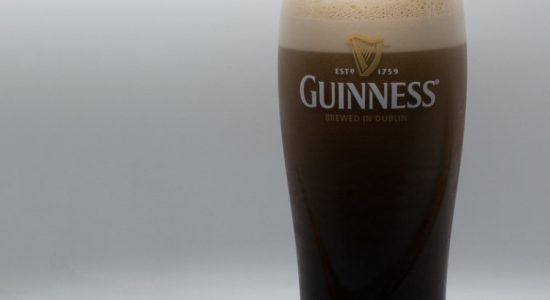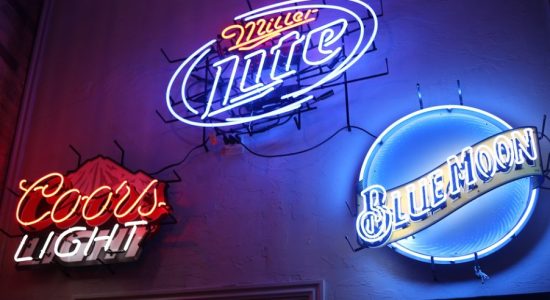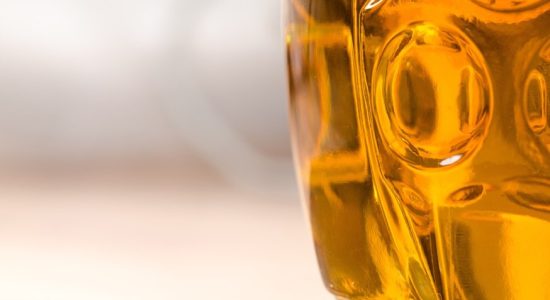What is a Blonde Beer? How is it Made?
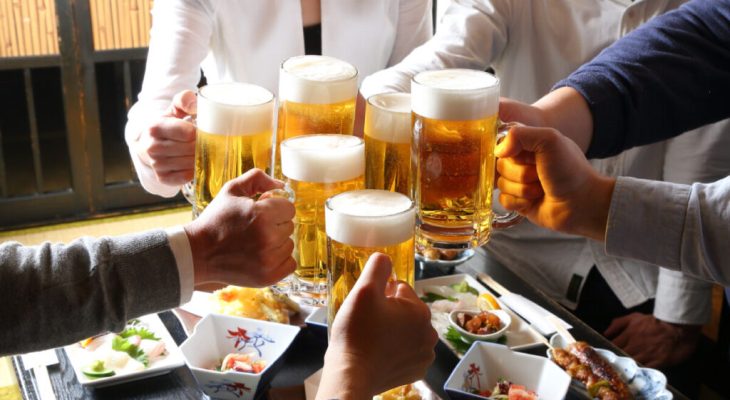
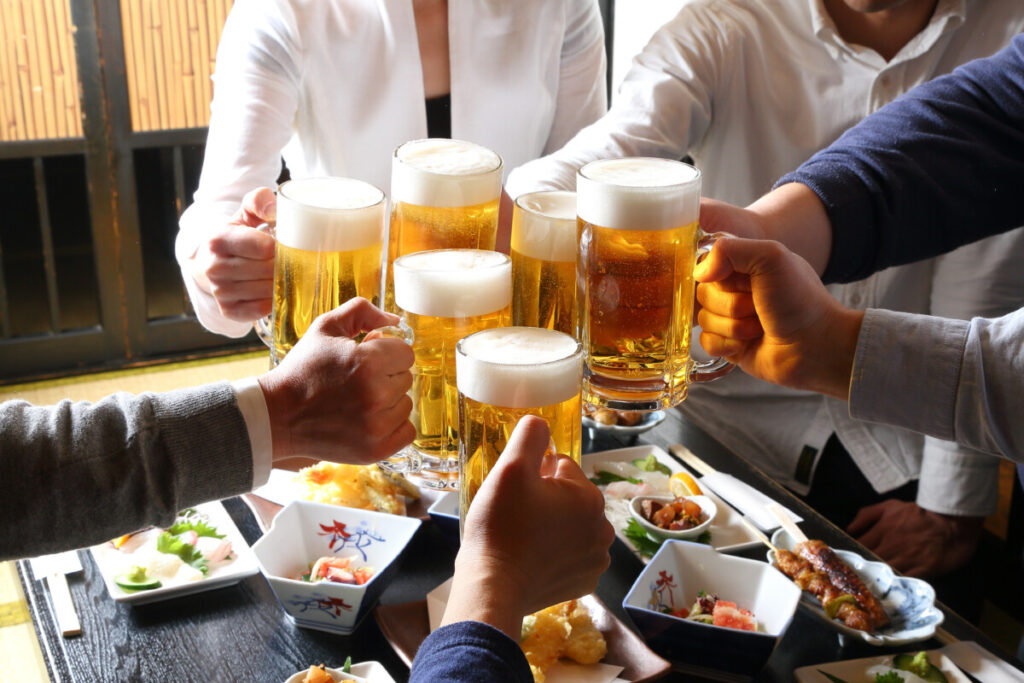
When it comes to choosing a beer, there are many to choose from. Beer choices can include lagers and ales, pilsners and stouts, and dozens of other varieties. Blonde beers, sometimes called golden or pale ales, are common in breweries and are used to introduce new beer-drinkers into the world of beer-tasting.
A blonde beer is a pale-colored beer with low to moderate malt and low to medium carbonation. Made with malted grains and hops, a blonde beer can be an ale or a lager. The most important component of a blonde beer is the emphasis on malt flavor and the brewing temperature.
For new beer drinkers, beer can be somewhat intimidating with a wide variety of options. The bitter and sour flavors sometimes scare new beer drinkers. It can be difficult to distinguish between different types of beer and hard to know if the beer will taste good for certain people. Blonde beers solve these problems for new beer drinkers. Almost everyone likes a blonde beer.
Appearance
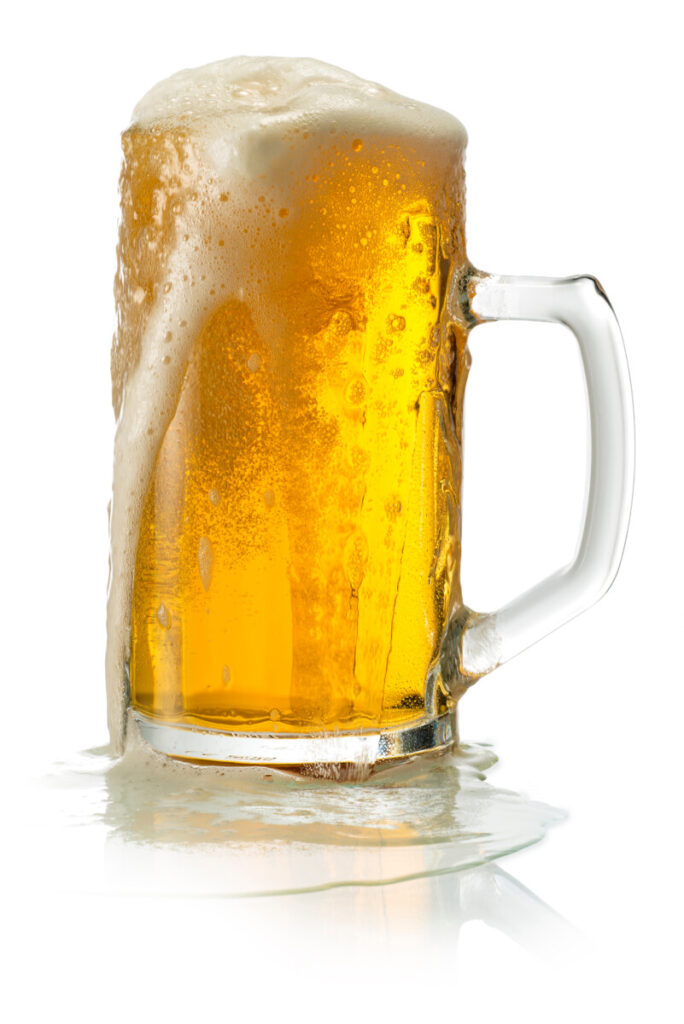
The best indicator of a blonde beer is the color. Blonde beer will range in color from a pale yellow to a rich gold. The liquid is usually clear or transparent, but sometimes may be translucent. The clarity of the beer depends on the brewing process.
This color depends on the types of grains and hops used. Usually, the grains and hops are roasted at a certain temperature for a specific amount of time to achieve the desired color of beer. Blonde beers use grains and hops that are lightly roasted.
The foam on blonde beer, called the “head,” is usually medium-sized. The head of a beer is the foam on top of the beer, or the foam that is visible. For blonde beers, the head should be a snowy-white color.
Flavor
Blonde beers have a relatively subtle flavor compared to other beers. While most beers are somewhat bitter or sour, blonde beers tend to be malty and sweet. A good blonde beer should have a gentle malt flavor with a bit of sweetness. Experienced beer drinkers will be able to detect hints of caramel in the flavor.
In addition to hints of caramel, beer drinkers may be able to taste other flavors. Pineapple, passion fruit, and apple, among others, are common flavors in blonde beers. Often, honey or spices are added to blonde beer to complement the flavors already in the malt.
A good blonde beer will even smell like these flavors. There should be a slight hint of citrus and a sweet scent. The smell shouldn’t be strong, like other beers.
The lingering taste of blonde beers is somewhat dry and sweet. Many people enjoy this aftertaste. Often, what new beer drinkers are scared of is the aftertaste of bitter beers. Blonde beers don’t have this problem as the aftertaste is very subtle.
After fermentation, blonde beers will have low to medium carbonation. Some breweries add carbonation after the brewing process. However, the natural fermentation process for a blonde beer will produce low to medium carbonation.
Having lower levels of carbonation is often more appealing to new beer drinkers. High levels of carbonation usually indicate a more intense fermentation process. A more intense fermentation process produces more intense flavors, which can be off-putting for new beer drinkers.
How is Blonde Beer Made?
To understand how blonde beers differ from other beers, it’s important to understand first how beer is made. This video from Concerning Reality explains the process of making beer. The video also explains the science behind beer. In this video, malts, carbonation, fermentation, brewing techniques, and the basic ingredients of beer are explained.
Basic ingredients of beer:
- Water: added at specific time intervals at different temperatures, water is a major component of beer brewing.
- Malted grains: these are the grains that make up the beer and produce much of the flavor. They are usually roasted at a certain temperature to create different flavors. Blonde beers have lightly roasted malted grains.
- Hops: these flowers are also used to affect the flavor of the beer.
- Yeast: Depending on what type of yeast is used to make the beer, the flavor and fermentation time can vary. Sometimes wild yeast is used in beer, but the flavor is more difficult to control.
In this video, the different types of fermentation in beer production are explained. Both can be used to make blonde beers.
Types of beer fermentation:
- Top fermentation: this type of fermentation produces an ale. The yeast settles on the top of the beer during the process. Using warmer temperatures, the yeast produces a different flavor during fermentation.
- Bottom fermentation: this type of fermentation produces a lager. Bottom fermentation takes longer than top fermentation, as the temperatures must be cooler for this process to work. The yeast settles at the bottom of the beer instead of the top.
Hops are used to control the flavor of the beer. Blonde beers have a very balanced hop to grain ratio, limiting the bitter flavors. Some beers use a combination of different hops to produce special flavors.
The main difference in the brewing process of blonde beers versus other beers is the temperature. From the beginning, the ingredients in blonde beers are treated with less heat than in other beers. The lower temperatures help keep the bitter and sour flavors to a minimum.
For most blonde beers, the fermenting process is about the same. During the first week of fermentation, the beer is kept at about 60 degrees Fahrenheit.
If you’re planning on brewing your own beer, blonde beer is a good starting place. The brewing process is simple and uncomplicated. Blonde beer also doesn’t take much time to ferment, which means you can start drinking your home-brewed beer within a couple of weeks.
You can make blonde beer with a variety of ingredients at a relatively low cost. Since blonde beer can be an ale or a lager, there are many brewing options. Experiment with ingredients and fermentation processes to create new flavors.



